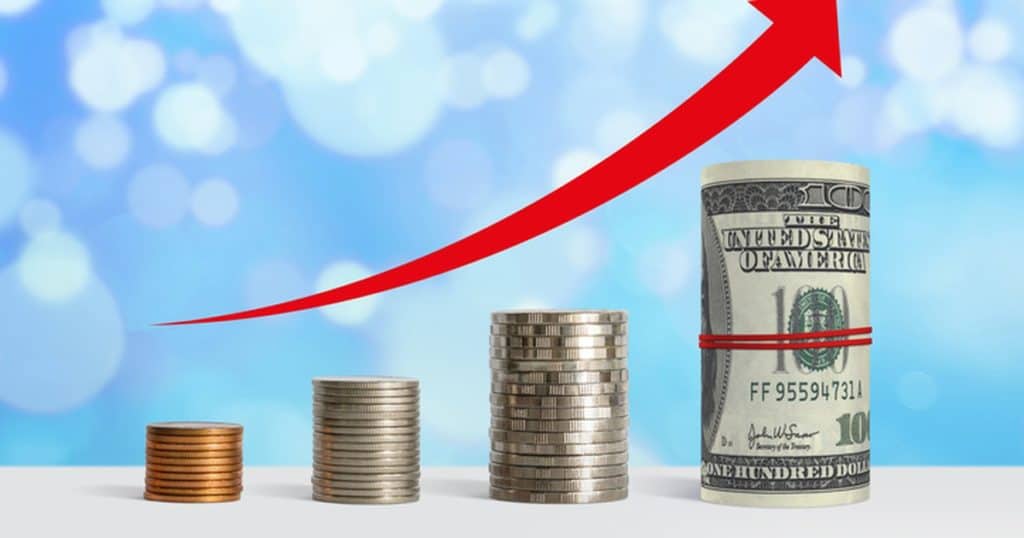
“Bull markets are born in pessimism, grow on skepticism, mature on optimism and die on euphoria. The time of maximum pessimism is the best time to buy, and the time of maximum optimism is the best time to sell.”
The above quote came from John Templeton, who made a name for himself during the height of the great depression in 1939 by going against the grain (or popular thinking). Templeton, while only in his late twenties, made and cemented his contrarian reputation by entering into a series of — what were considered at the time to be — unusual investments.
He bought $100 worth of every stock that traded under $1 on both the American and the New York stock exchanges, spending $10,400 for an equity position in 104 companies. Those companies he invested in were wallowing under $1 per share, presumably unloved by the market. So, he took a contrarian view. Out of the 104 companies, a whopping 34 went bankrupt. But the remaining 70 companies did well enough that Templeton was able to sell his shares only four years later for nearly four times the $10,400 he had initially invested.
Some economists have credited Templeton for establishing what became known today as a mutual fund. Those who follow his investing style credit him for affirming the importance of avoiding “the herd mentality.” Does it pay to be a market contrarian today? Absolutely. Advanced Micro Devices (AMD) was trading for less than $2 in early 2016. It reached $34 last September and still trades north of $20 today. And the stock market’s plunge in recent months has created basket of AMD-type opportunities. Using Templeton’s contrarian strategy, here are a few names worthy of betting on.
Snap (SNAP) — Price $6.28 – One-year price target $10
Although the company is having a tough time thwarting off larger rival Facebook (FB), Snap shares are now cheap enough where an M&A seems plausible. SNAP stock dipped below $5 per share last month, reaching $4.82, but has since risen as high as 33% to $6.45. SNAP must nonetheless figure out how to better monetize its platform, and show increase engagement before investors will get excited about the stock. From current levels, however, the risk-versus-reward scenario has turned positive, especially given the likelihood that one of the FAANG giants may pick it off in a cheap acquisition.
AK Steel (AKS) — Price $2.76 – One-year price target $5.50
Although the prospect of the steel industry haven’t improved that drastically, thanks to the trade war between the U.S. and China, it’s still amazes to me to see the extent to which AK Steel shares have been punished. The stock has lost 40% of its value in three months, while losing 55% over the past year. These declines don’t mesh with the Market Vectors Steel ETF (SLX), which has lost just 23% over the past year.
AK Steel is working on its new line of next-generation advanced high-strength steel products such as its NEXMET brand, which should differentiate its business from competitors, while also reducing its dependence on commodity steel. And with the prospect of a trade agreement around the corner, AK Steel stock looks like a strong bargain, given that China is one of the world’s largest consumers of steel.
Chesapeake Energy (CHK) — Price $2.76 – One-year price target $4.35
The extent to which Chesapeake can mount a meaningful recovery in a brutal oil environment is the the company’s biggest question mark. That is one of many concerns for investors. Although the natural gas and upstream giant continues to make modest improvements with its balance sheet, the lack of stability with oil prices makes CHK highly speculative. It doesn’t appear as if industry improvement plans by OPEC (Organization of Petroleum Exporting Countries), including talks of production cuts, will immediately change the course.
On the bright side, Chesapeake is now delivering positive free cash flow. And with plans to continue to trim capital expenses, the company’s liquidity crisis is not as dire as it were a year ago. And with some luck and a rebound in energy prices, Chesapeake should continue to benefit going forward and achieve its goal of improving EBITDA.


